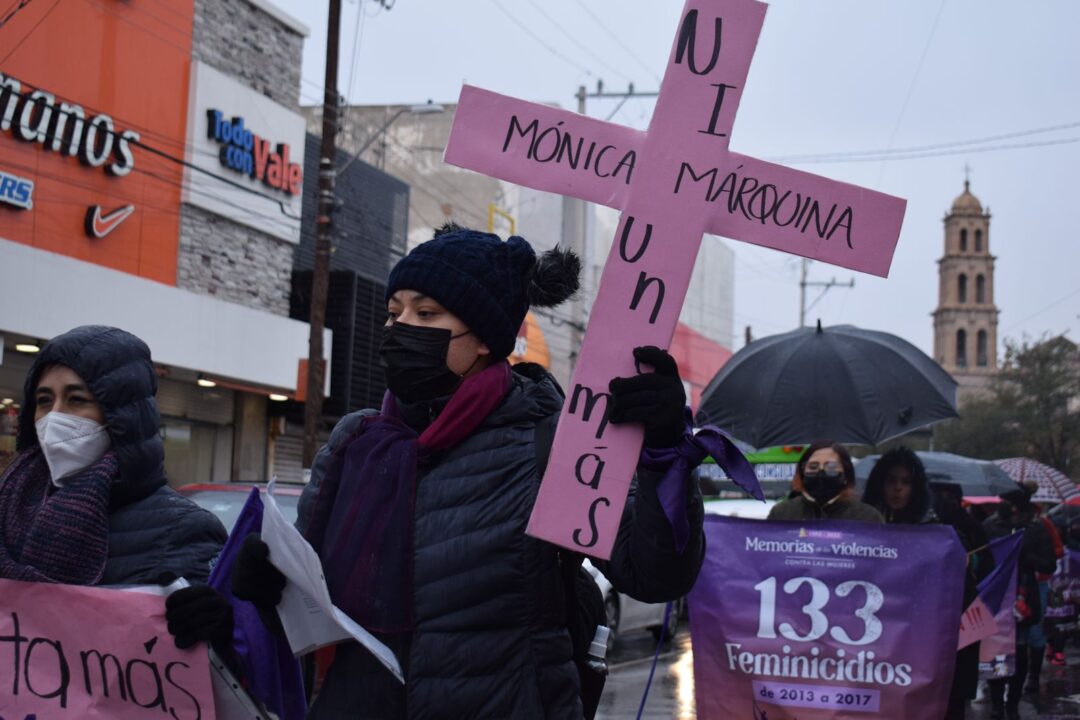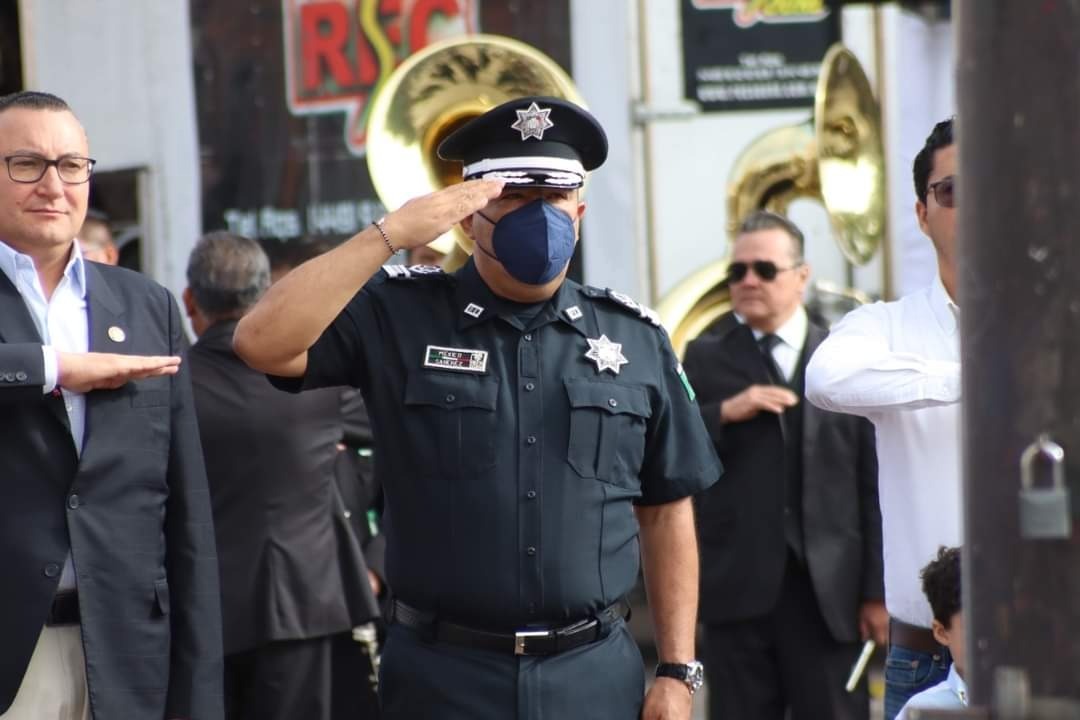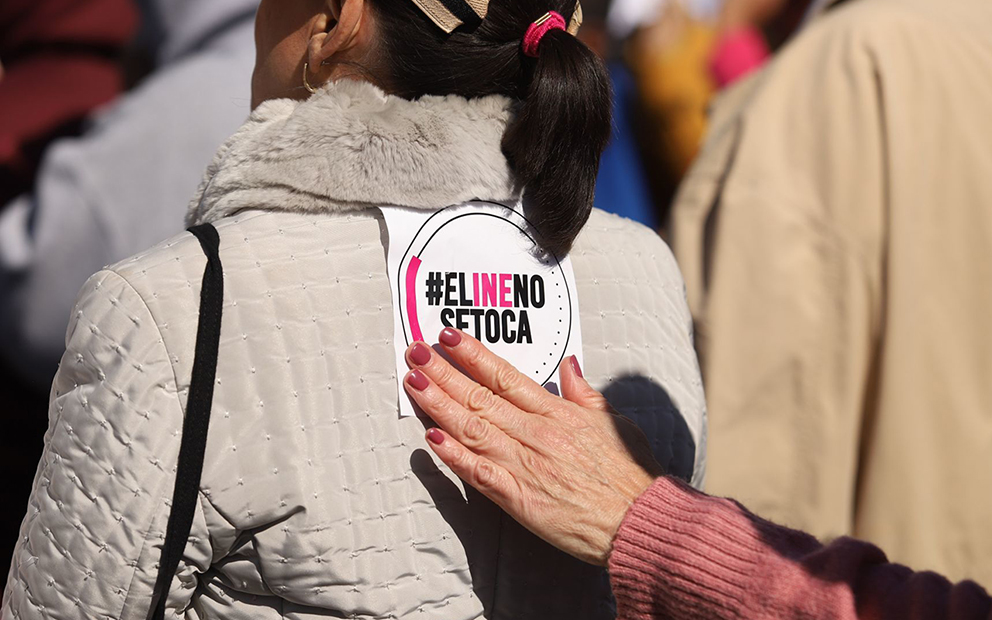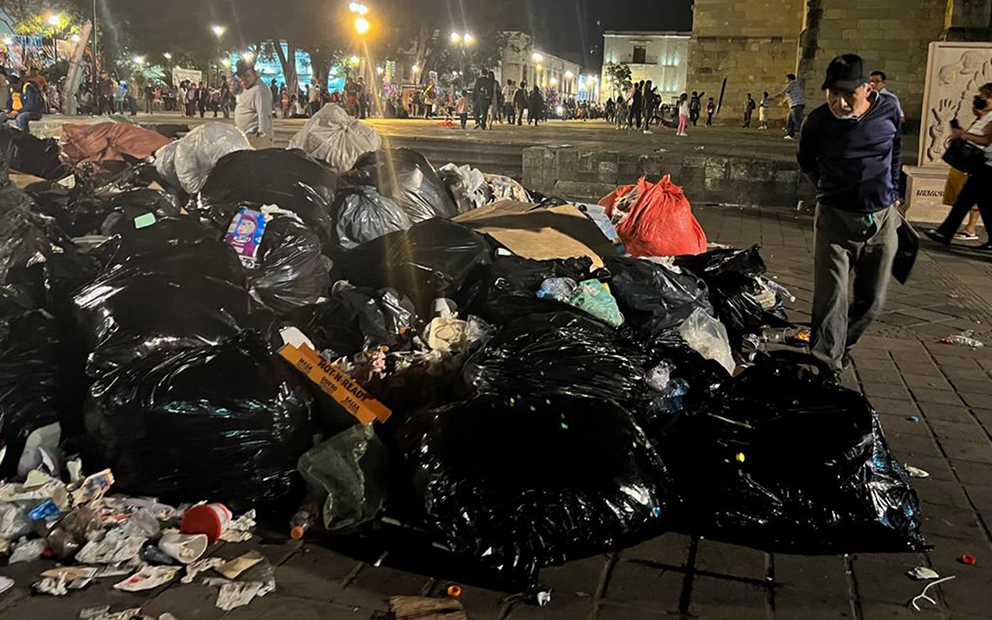365 days after having confirmed the first case of SARS-COV-2 in Mexico, there is light on the horizon after the long night of the pandemic. The hope rides on vaccines, developed at record speed. But the new challenge is enormous: to vaccinate the entire adult population in a profoundly unequal country. This is how the biggest vaccination campaign in the history of Mexico got its start
Text: Daniela Pastrana, originally published February 27, 2021.
Photos: María Ruiz, Duilio Rodríguez, Isabel Briseño, Reyna Haydeé Ramírez and Yerenia Rolón
Translation: Dawn Marie Paley
MEXICO CITY– On Monday, February 22, 2020, the SARS-CoV-2 coronavirus arrived in Mexico in an airplane from Italy. The Mexican government confirmed its arrival on February 28th, and two weeks later, on March 11th, the World Health Organization declared Covid-19, the disease caused by the virus, a pandemic.
The largest pandemic in more than a century has killed at least 185,000 people in Mexico, though more exact estimates show the human cost is much higher. The pandemic has also put our lives, as well as those of half the planet, on hold, and immersed us in a lethargic and unending period of uncertainty and fear, with socio-economic impacts that have yet to be fully understood.
On the other hand, science also underwent major advances, with a massive undertaking of studies and the development of a dozen vaccines in record time. Four of them are already in Mexico: Pfizer, AstraZeneca, Sinovac, and Sputnik, there are at least three more undergoing authorization.
This week, for the first time since the health emergency was declared on March 30th of last year, no part of the country is on maximum alert due to increasing transmission and overwhelmed hospitals.
Now, while the pandemic continues to be active, a new challenge begins: vaccinating more than 100 million people. The hope rests on maintaining a supply of vaccines, in the midst of a global contest to snap up doses and inequitable distribution and vaccine hogging by the most powerful countries.
Few countries in the world face the challenges Mexico does in vaccinating its population. The geography extends over a massive and irregular terrain, with some areas controlled by criminal groups, in conditions of extreme social inequality.
Mexico’s vaccination campaign started December 24th, with the application of the Pfizer vaccine to medical personnel, but it slowed as the company was unable to meet demand. On February 14th, 870,000 doses of AstraZeneca arrived from India, and the second phase of mass inoculation began.
Over those two weeks, the vaccine arrived to the most extensive of the poorest regions in the country, the Montaña de Guerrero, where the virus arrived at nearly the same time as it did to Mexico City, and where we may never know how many deaths it caused. The vaccine also arrived to Afro-Mexican communities in Oaxaca; and to the oldest people, like María Antonia, a 120 year old great grandmother who is an example for her children and grandchildren in Veracruz. It crossed the desert to arrive at the homes of the Kiliwas, one of the Indigenous nations at high risk of extinction and with only three remaining language speakers.
A week later, the Sinovac and Sputnik vaccines were used to begin massive inoculations on the outskirts of Mexico City.
We at Pie de Página are accompanying the roll out of these vaccines. This series of reports is a look at the largest vaccination campaign in the history of Mexico.
Chapters
Introduction
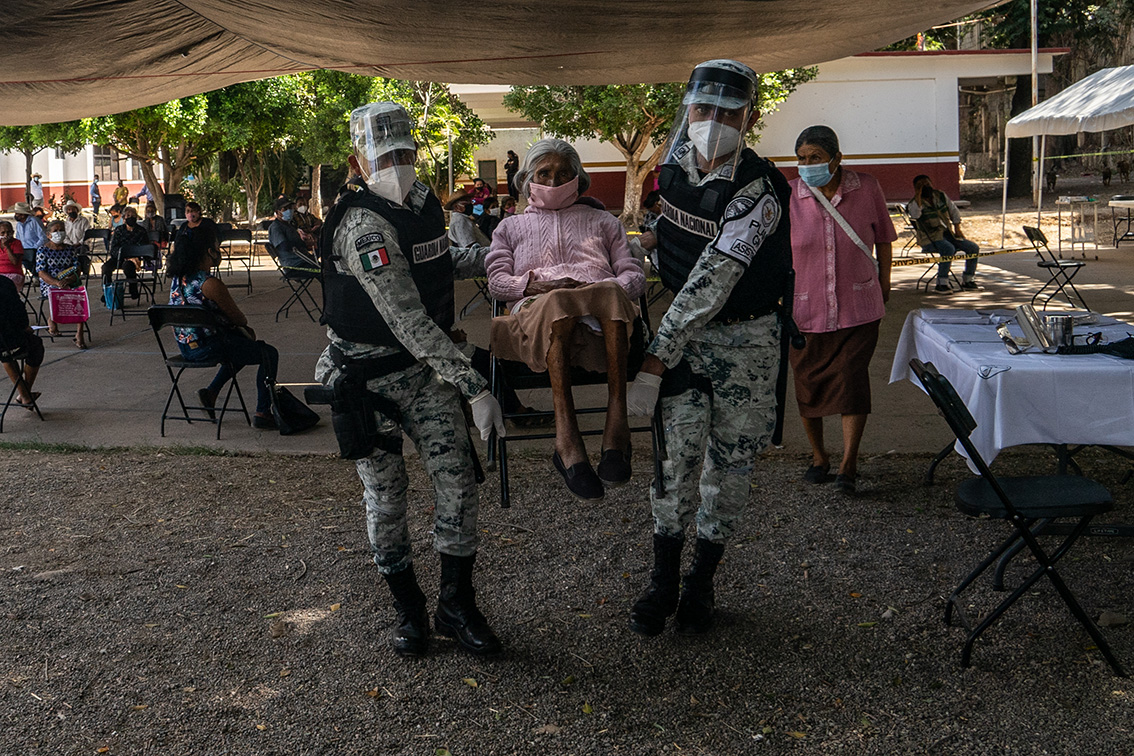
La Montaña in Guerrero: Vaccines, but no painkillers
Nothing ever makes it to this region, but the vaccines that a good part of the planet is waiting for did. For many, this is a hope for life, beyond that, it’s a chance to be on an equal playing field with Mexicans from other parts of the country. But racism and historic abandonment meant that even with vaccines, many Indigenous people did not get vaccinated.
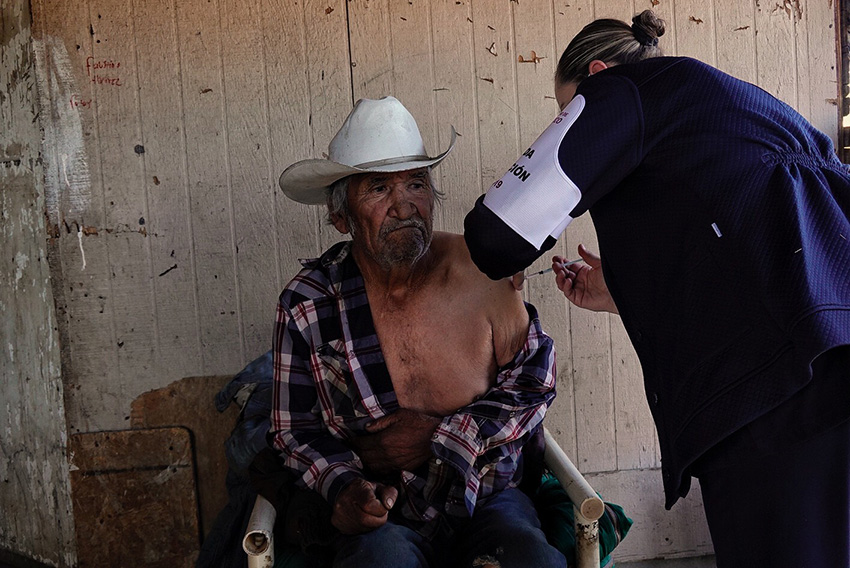
Ejido Kiliwa: arriving to the most remote
To make it here, the vaccines crossed more than 19,000km of seas and deserts over 14 days. But today 13 Kiliwa elders have been vaccinated, one of 14 Indigenous groups in Mexico that are at risk of disappearing.
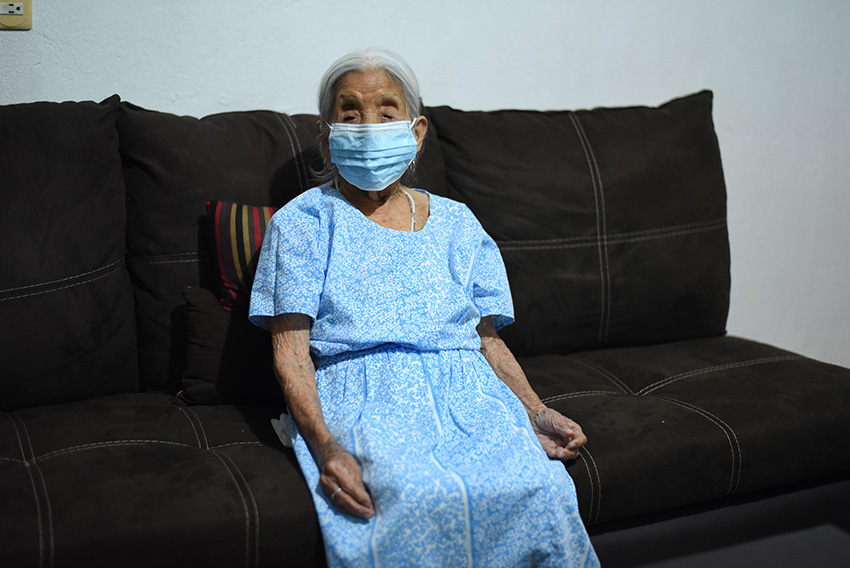
“May my grandmother’s legacy be a bridge and a doctor”
Amoxoyahual is a Nahua village in Veracruz inhabited almost exclusively by elders. The younger people have all emigrated. In this town, a 120 year old woman went to get vaccinated, setting an example for her 130 great grandchildren.
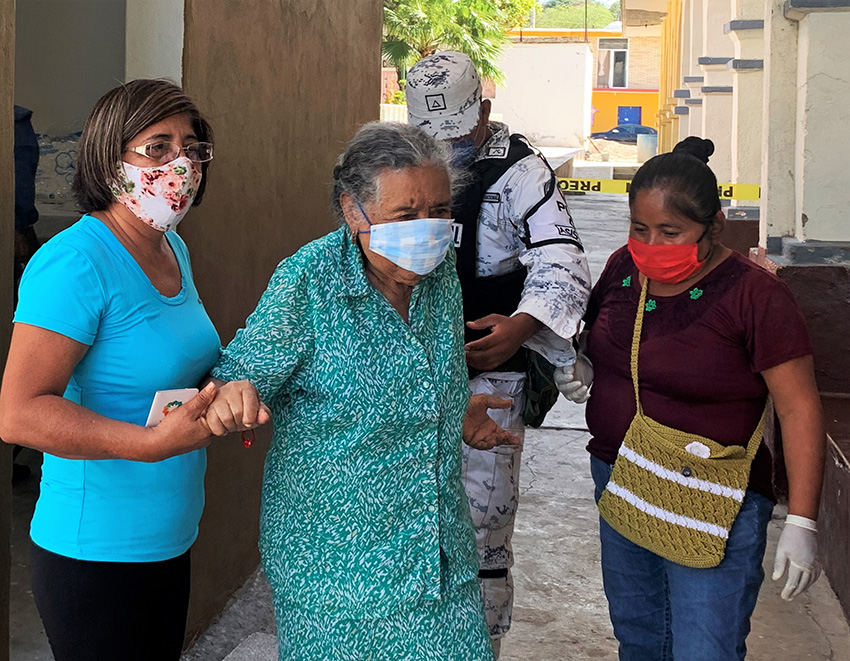
“May this be the remedy, by God”
They were enslaved and then erased from Mexico’s history. Now, the residents of Valerio Trujano, Afro-Mexicans from the Cañada in Oaxaca, vanquished their fear and turned vaccination into an educational event.
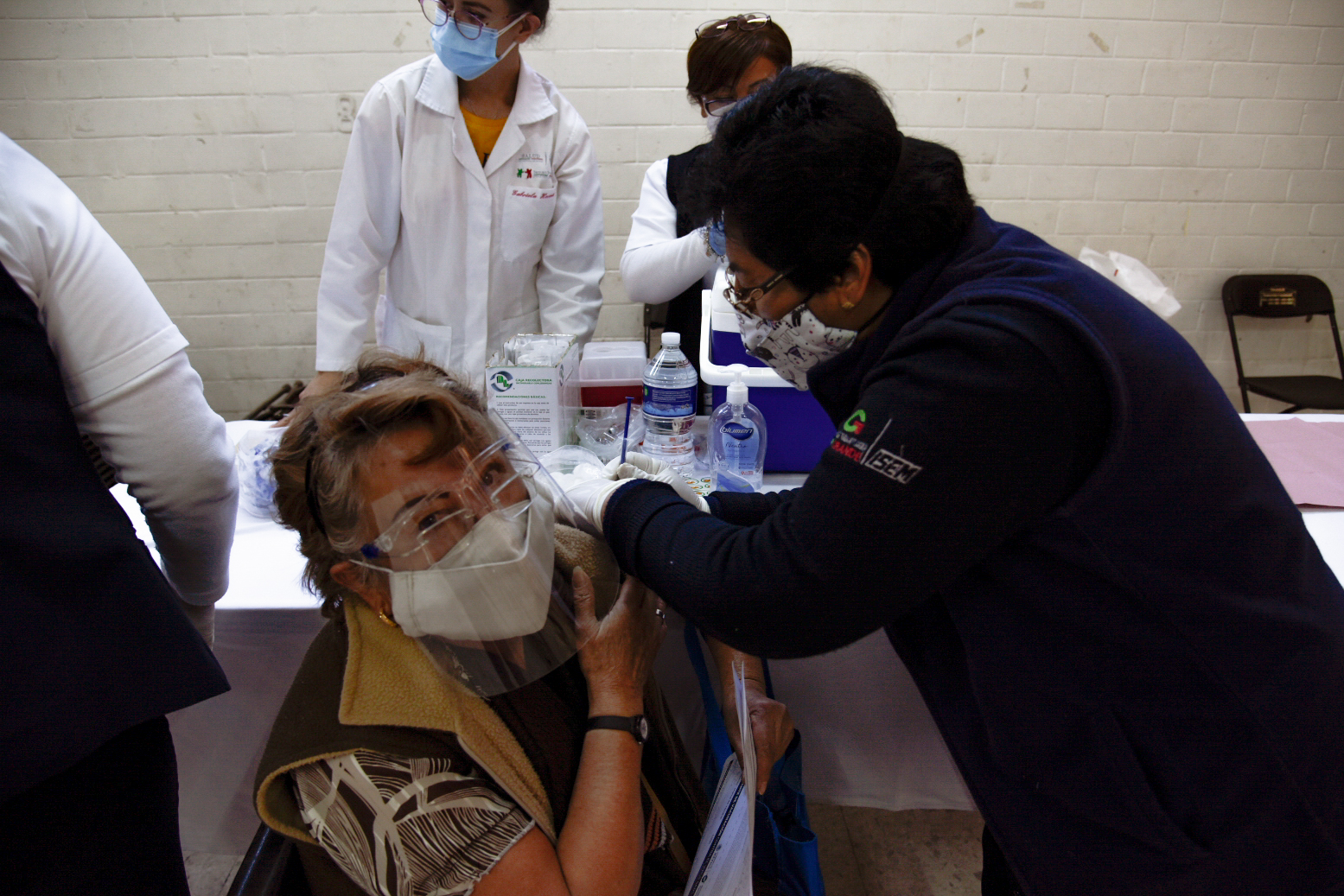
Between chaos and dancing, inequality in the Valley of Mexico
The first massive vaccination was a different experience. In Ecatepec, the most populated municipality in Mexico State, disinformation won out against organization. In Mexico City, images of grandpas and grandmas dancing closed off the week.
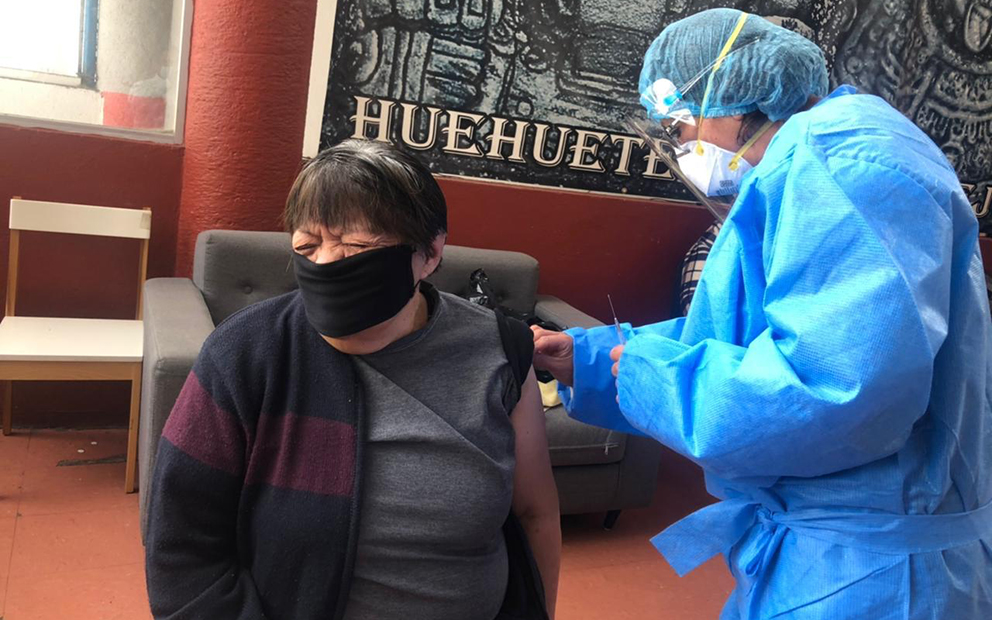
After ten months of being shut in, the vaccine finally arrives
In the third major Covid vaccination of seniors, the community at the Yekkan senior’s home in Cuajimalpa, received their first doses. Some of the residents were excited to see their family members, but not all; most of them haven’t received a visit in years.
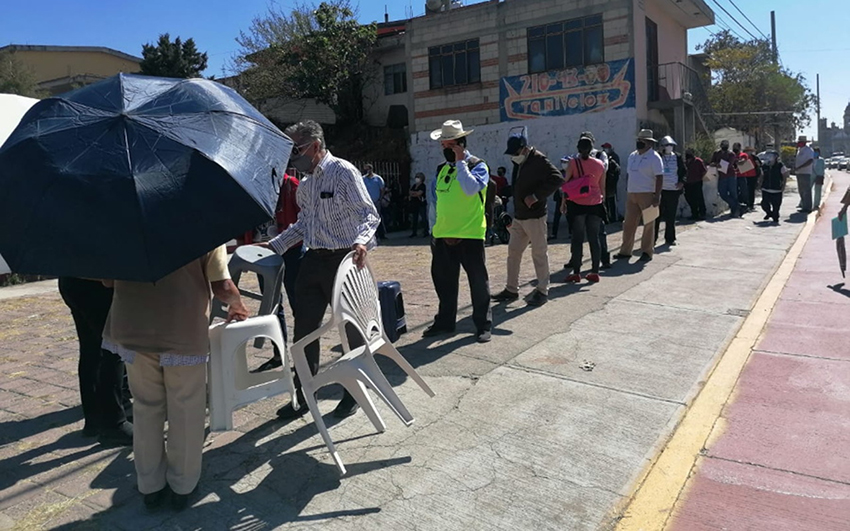
Cholula: A mix of hope and anger
The first day of vaccinations in the municipality that’s part of the metropolitan area of Puebla’s capital was so disorganized that half of those vaccinated weren’t local residents. But hope won out over misinformation and doubt.
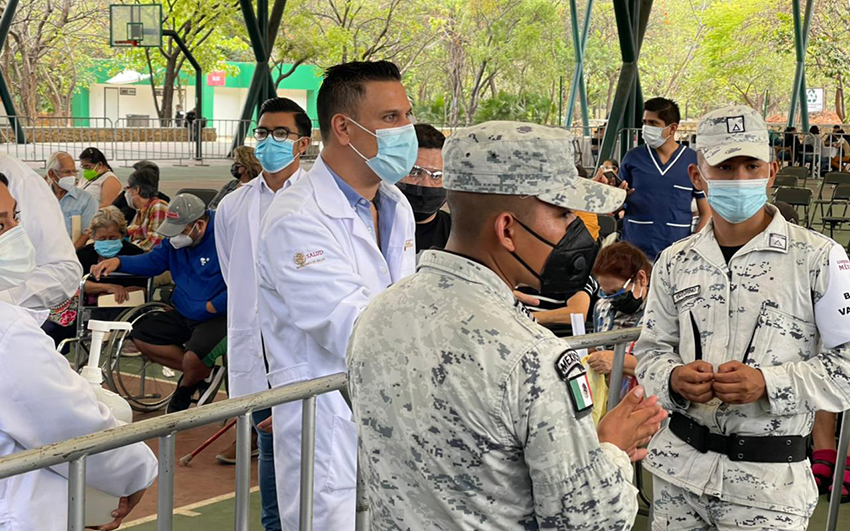
The vaccination centers in the capital of Chiapas opened and closed without warning. Elders who had waited in line for two days returned home dehydrated and without having been vaccinated. Nobody knows what will happen next to the thousands of people over 60 who didn’t get a shot.
Daniela Pastrana wanted to be an explorer and see the world, but instead she became a journalist and decided to try and understand human societies. For six years she ran the Red de Periodistas de a Pie. She founded Pie de Página, a digital outlet that seeks to change the narrative of terror that is installed in the Mexican media. She always has more questions than answers.
Ayúdanos a sostener un periodismo ético y responsable, que sirva para construir mejores sociedades. Patrocina una historia y forma parte de nuestra comunidad.
Dona


